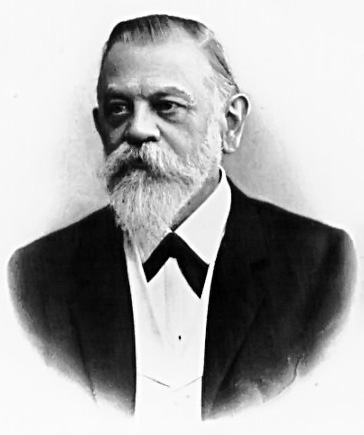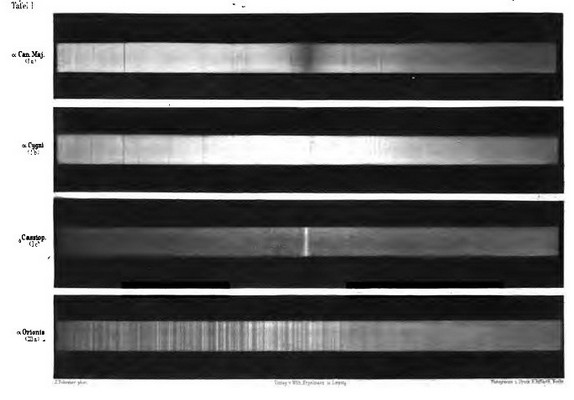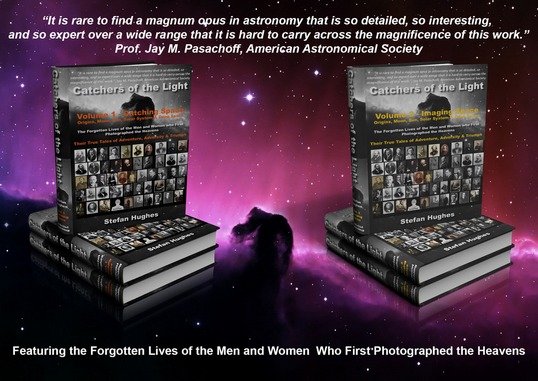'The Rainbow Man'

Born: 3rd April 1841, Leipzig, Germany
Died: 13th August 1907, Potsdam, Germany
Hermann Carl Vogel was one of the great pioneers of Photographic Astronomical Spectroscopy. He made significant contributions to the then new science of Astrophysics. It was Vogel who first realized that photographs taken with modest telescopes were the equal of visual observations made with even the largest of telescopes.
Germany can be considered to be the fatherland of the ‘New Astronomy’ now known as Astrophysics, and Hermann Vogel was one of its finest sons. Throughout the whole of the nineteenth century there was a gradual shift away from the ‘Old Astronomy’ of measurement and position towards one based on understanding the nature, structure, composition and origin of the Universe. Such a change was slow at first, but as the century progressed it gradually accelerated until it became the principal area of research in a number of institutions, most notably in Germany and later in America.
Hermann Carl Vogel (1841-1907) and his great friend Wilhelm Oswald Lohse (1845-1915) worked together all their lives. They became master and assistant at the Bothkamp Observatory, a private institution, near Kiel - the very first set up specifically to study the physics of the universe. It was here that they learned their trade as astronomers of the new school; and from there they would eventually become two of the greatest disciples of the emerging science of Astrophysics during their time at the Potsdam Astrophysical Observatory, as Director and Hauptobservator.
Their efforts in the field of Photographic Astronomical Spectroscopy led to some of the most significant contributions ever made to the development Astrophysics during the age in which they lived.
To read more on his life and work read the eBook chapter on Hermann Carl Vogel or buy the Book 'Catchers of the Light'.

Photographic Spectra of Bright Stars, Potsdam Astrophysical Observatory, c1890

Buy the eBook or Printed Book at the 'Catchers of the Light' shop.